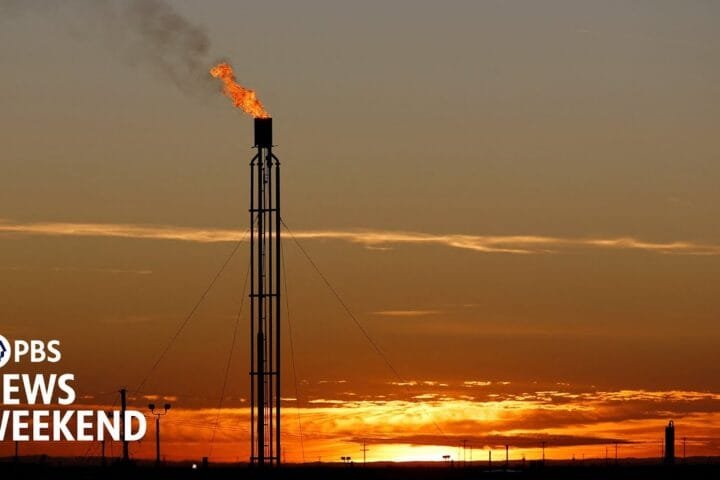Summary
- More frequent and severe weather events, such as wildfires, hurricanes, and floods, are being driven by climate change.
- Climate change is expected to cost $38 trillion in damages per year by 2050, with 2023 seeing a record number of billion-dollar disasters in the U.S.
- Companies are facing physical climate risks that disrupt their operations, including energy volatility, infrastructure damage, and agriculture disruptions.
- Regulatory frameworks are evolving to treat physical climate risk as a financial risk, with requirements for companies to assess, disclose, and mitigate climate-related impacts.
August is here, and it is HOT outside. So hot that climate change-driven extreme weather is accelerating in front of our eyes. Following unusually high temperatures, the U.S. saw more than 100 active wildfires burning in a single day. Climate change is driving more frequent and severe weather events: rampant fires are burning across the globe, sea level rise and hurricanes are inundating coastal regions, severe flooding is surging, and other extreme weather is worsening on a global scale. As this problem intensifies, so too do physical climate risks in the corporate sector.
What’s at stake? Climate change is expected to cost $38 trillion in damages per year by 2050. 2023 saw an unprecedented number of billion-dollar disasters – 28 in total – in the U.S. alone. Even companies without directly owned physical infrastructure face threats from climate change impacts – namely in their supply chains.
Read the full post at Environmental Defense Fund.





